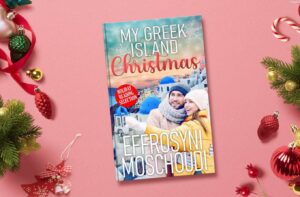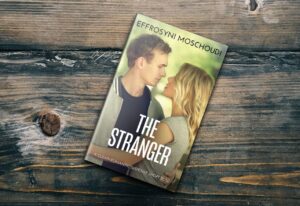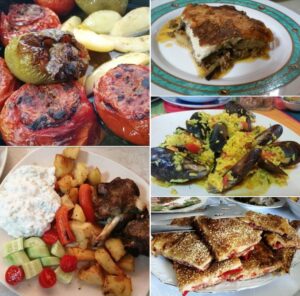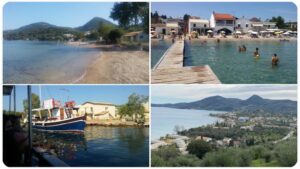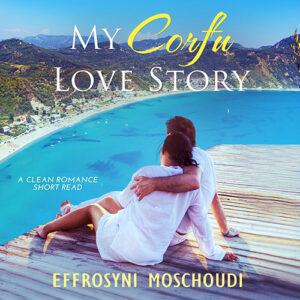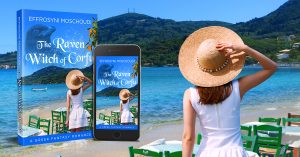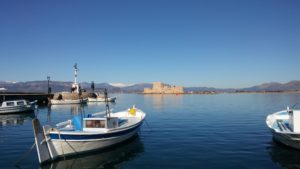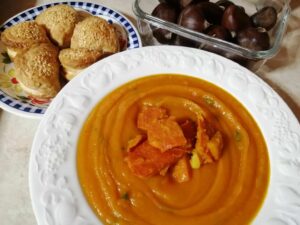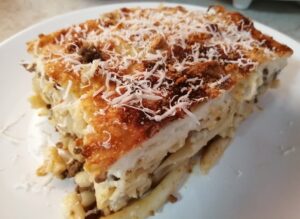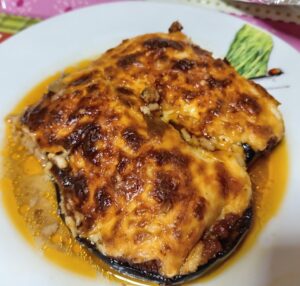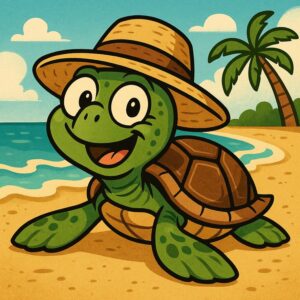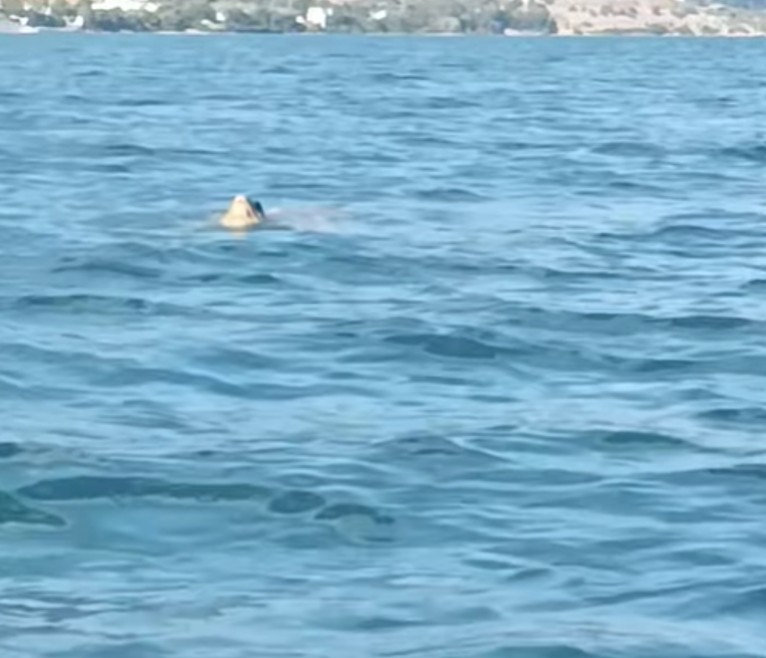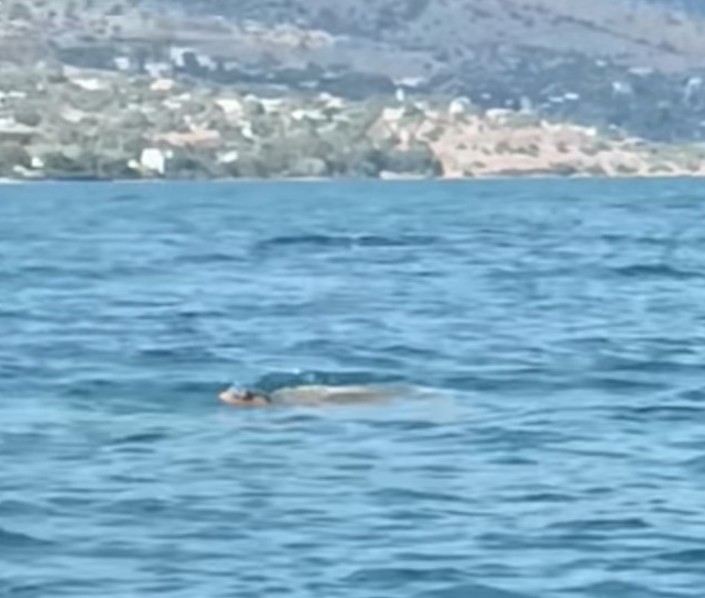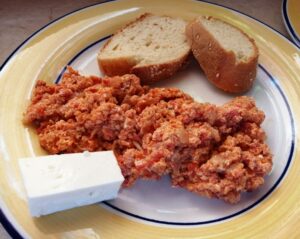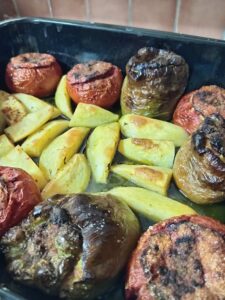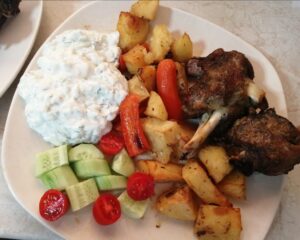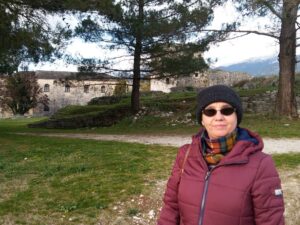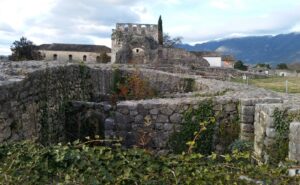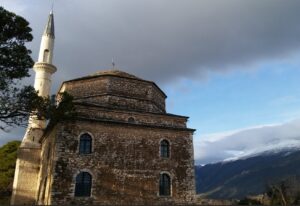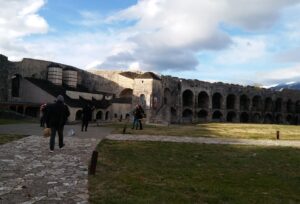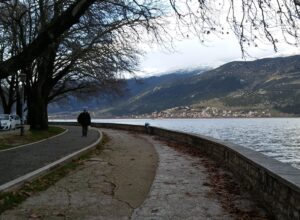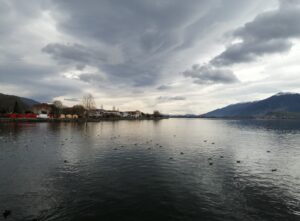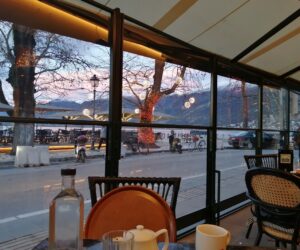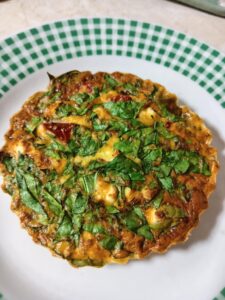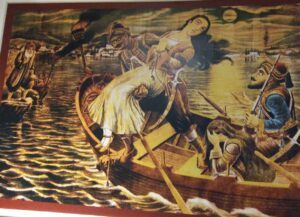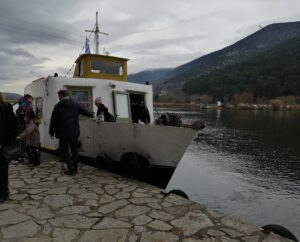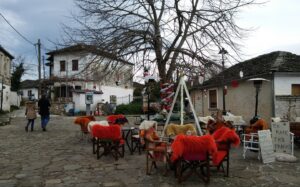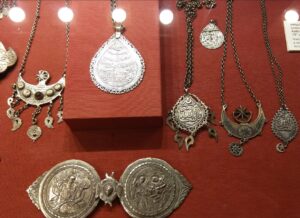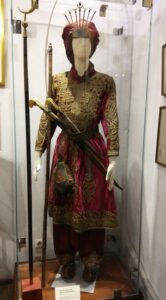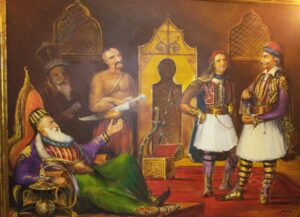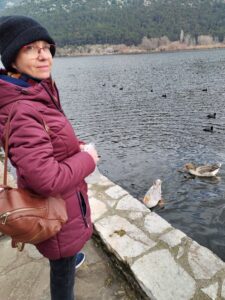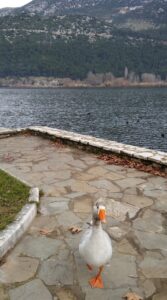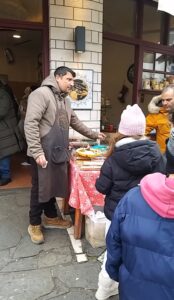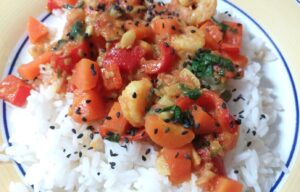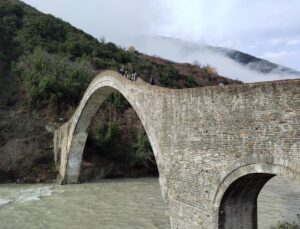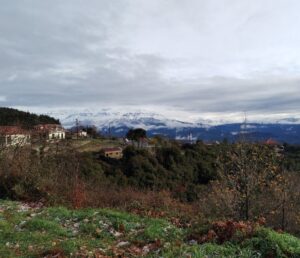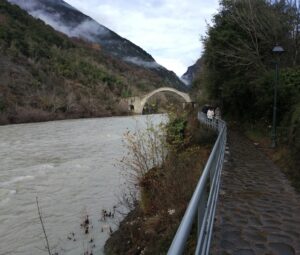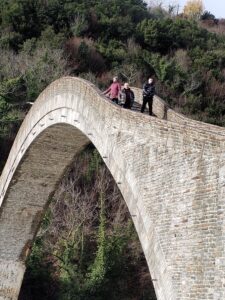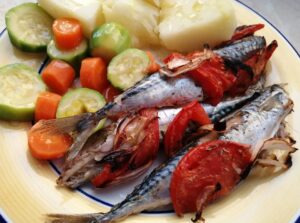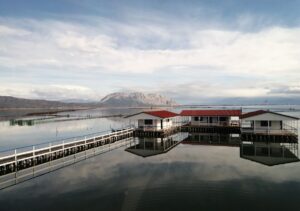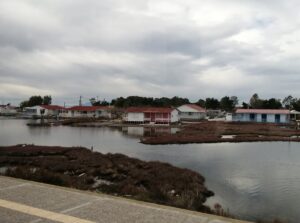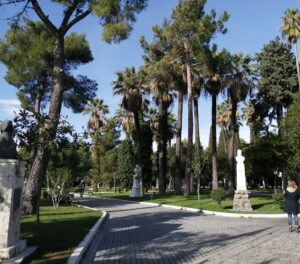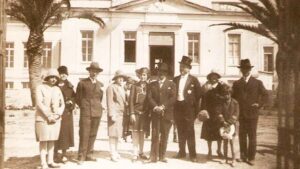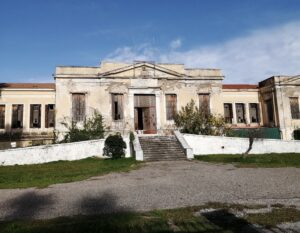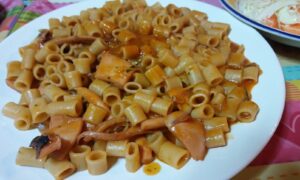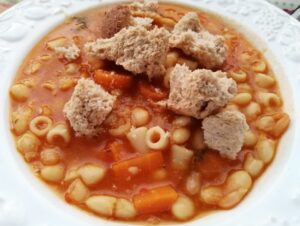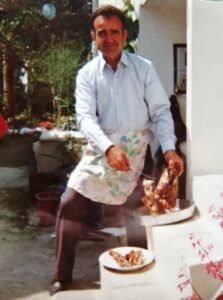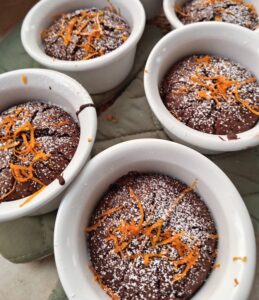
Yum! My kitchen smells divine today. I am making chocolate soufflé with orange zest and thought I’d share. You can make my recipe in individual ramekins or in an oblong pan (cake tin).
These small cakes of chocolate heaven are not made with a typical soufflé recipe, so they are easier to make. I use whole eggs and not just the whites. Hence, no extra beating with a mixer is required, and you don’t have to worry about them deflating after baking. They still have a lovely soft center, just like soufflé, and are perfectly chocolatey.
Here are my best recrets for this recipe and for chocolate soufflé in general:
Secret number one: Never use a metallic container to handle the chocolate as it reacts with the metal. I suggest you use glass or porcelain.
Secret number two: Once the chocolate is melted, let it rest for 4-5 minutes. Do not let it cool more than that, as the chocolate will begin to harden and it will be ruined.
Secret number three: To make the mix, you must use an egg whisker and folding motions. This creates tiny bubbles in the mix, which makes all the difference. This is the best secret of chocolate soufflé, by the way!
Once you make these chocolate soufflés and see how divine they turn out, you’ll want to make them again and again, and you’ll soon be making them with your eyes shut 😀👍
GET THE RECIPE HERE

THANK YOU FOR READING! MAKE SURE TO DOWNLOAD MY 3 FREE BOOKS BELOW 🙂 YOU WILL RECEIVE THEM INSTANTLY WITH YOUR SUBSCRIPTION TO MY FUTURE POSTS.
Sharing is caring! Here’s a ready tweet for you to spread some love:
Interested in FREE books, Greek travel and easy recipes? Here's a blog you will love! #Greek #blogger #writer Share on X
3 FREE books for you! Sign up below to receive them instantly!
NEW! Clean Christmas romance. Single mother Cathy Roussos gave up on love long ago, and veterinarian Alex Rallis doesn’t believe in it, but one magical Christmas on a Santorini farm might just change everything…
Check it out on Amazon Read a FREE sample!
A clean romantic suspense short read with an unreliable narrator that’ll keep you guessing! Vera is losing her mind over famous actor Yannnis Ksenos, except, she isn’t just a fan… Now, she plucks up the courage to ring his doorbell… Visit Amazon


